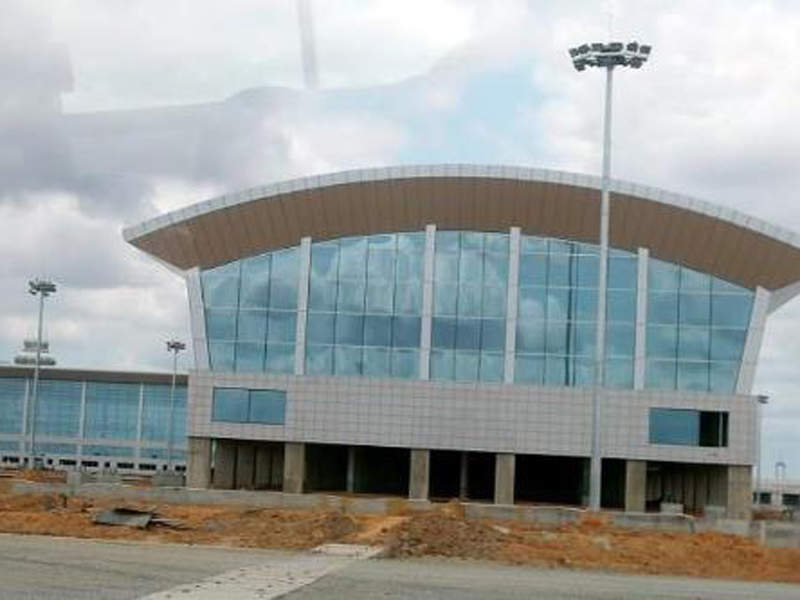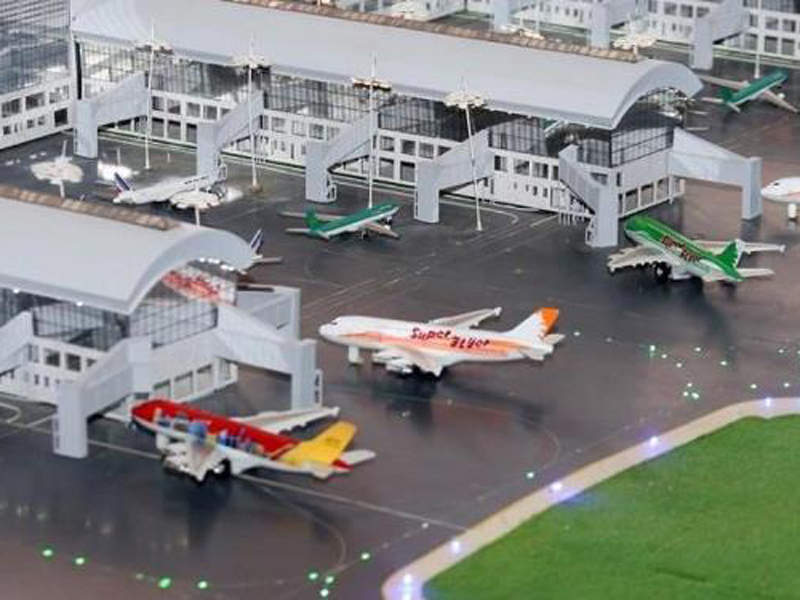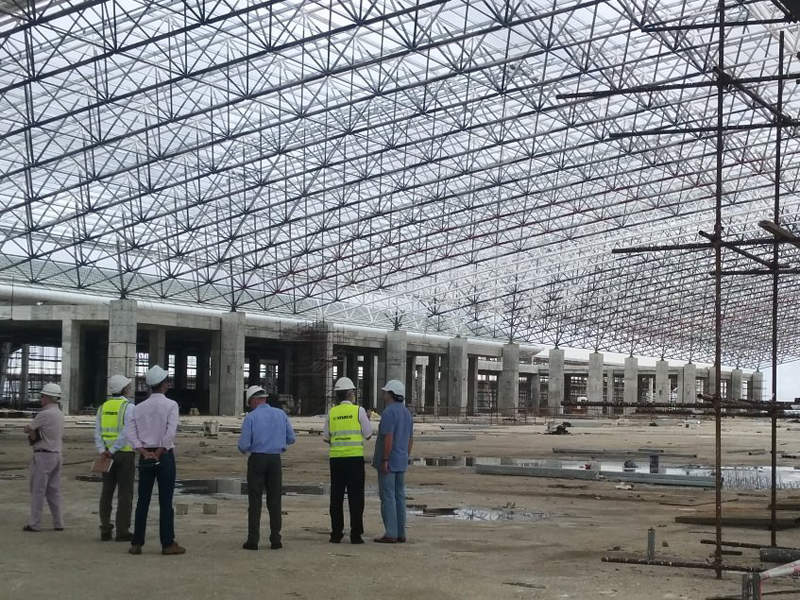The New Luanda International Airport being constructed in the northern Bengo municipality of the Luanda province, Angola, will serve as an alternative to the existing Quatro de Fevereiro International Airport.
Occupying an area of 1,324ha, the new airport is expected to become the aviation hub of western Africa. It will include operating zones such as passenger terminal and circulation areas, a control tower, cargo facilities, baggage reclaim hall, and other supporting infrastructure.
The airport is designed to handle 15 million passengers and more than 50,000t of cargo a year, which should handle the forecasted passenger demand over the next 30 years.
The project was approved by the Angolan government in October 2009. The promotion ceremony of the new airport was held in July 2017, while the opening is expected in 2019.
The new airport will serve as a modern gateway to the country and cater to growing passenger traffic in the region resulting from strong economic growth.
Location of the new Luanda International Airport
The new airport is being developed approximately 40km away from the centre of the city in the south-eastern part of Luanda.
Renovation of the Luanda-Cacuaco-Viana-Cabolombo motorway will result in a direct connection from the cities of Samba and Kilamba Kiaxi to the new airport.
The airport also has direct access to the railway located to the north of the motorway.
Terminals at New Luanda international airport
A 178,000m² passenger terminal with three airside concourses will be constructed as part of the development. The first floor of the terminal will accommodate domestic and international arrivals, while the second floor will house domestic and international departures.
The terminal will be integrated with 12 jet bridges, two of which will be dedicated for Airbus A380 aircraft.
A cargo terminal will be featured at the airport, as well as a presidential and protocol terminal dedicated to the presidency of the Republic of Angola and other foreign authorities visiting the country. The protocol terminal will feature a dedicated jet bridge.
Runways and taxiways
Two parallel runways will be constructed, pointing in the same direction as the main runway of the Quatro de Fevereiro Airport.
The airport’s eastern runway will be 4,200m-long and 75m-wide, with the capability to handle bigger aircraft such as Airbus A380 and Boeing 747. The western runway will be 3,200m-long and 60m-wide and will handle aircraft of up to class E.
Runways will support mixed independent operations in case of low-hanging clouds and low visibility.
The airport will also feature 27 taxiways with a combined length of 28.9km, and 13 aprons with a combined area of 522,281m² to accommodate different classes of aircraft.
Parking, support facilities and ground transportation details
The new Luanda International Airport will feature an underground car parking facility for more than 1,500 vehicles, and parking areas for general and executive aviation.
A 42.3km-long road network will be created to support the airside of the terminal. Additionally, 17 water storage tanks with a total volume of 19.875m³ have been designed to supply water for drinking and fire prevention.
Further, a light rail system with a length of more than 3.2km is being proposed to connect the airport with the public transportation network.
Contractors involved
The Angolan Ministry of Transportation signed the design and build turnkey contract with China International Fund Limited (CIF) for the development of the new airport.
Mace was contracted to undertake project management and site supervision in March 2015, while A1V2 was contracted to deliver airport engineering services.
NRV | Norvia, Consultores de Engenharia was contracted to provide construction supervision, pavement monitoring, geology and geotechnical engineering services, as well as topography-related works for the project.
China National Aero-technology International Engineering Corporation (AVIC-Eng) was appointed as the general contractor for the project.
Other contractors and suppliers involved in the project are Metallurgical Corporation of China (CTMCC), Dalian Zongyi Science & Technology Development, Fangda New Materials (Jiangxi), and Beijing Urban Construction Exploration & Surveying Design Research Institute.






